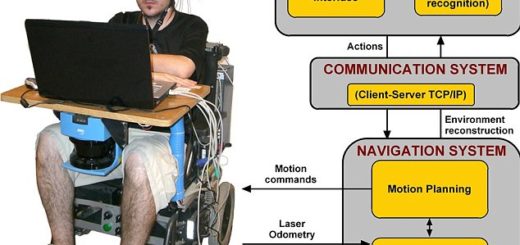DESIGN OF A TEG SETUP TO HARNESS ELETRICITY FROM SOLAR ENERGY
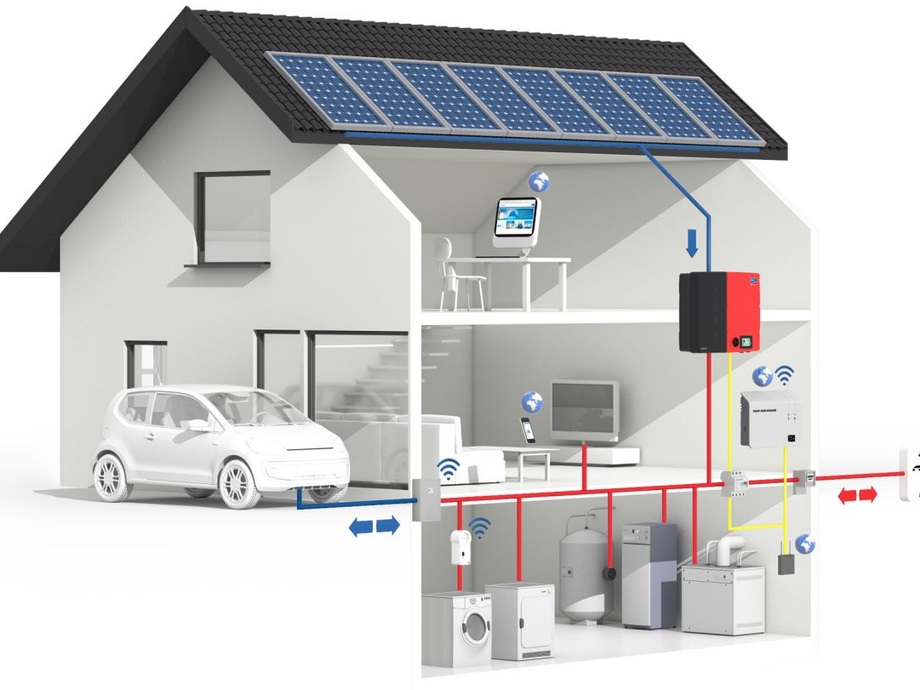
Abstract
Energy is one of the most essential component of life. Sources of energy are quite
abundant in nature. In this project, the aim is to use a Thermo-electric generator for the
development of electricity. And along with that certain performance analysis is conducted
about the ways to improve efficiency of the system. Its actually a derivative of Solar
powered system, here instead of light, heat is the important source of energy. Here
instead of Photo Voltaic Module, Pelteir modules(TEGs) are used. They work on the
principle called Seebeck effect. When higher and lower temperatures are applied
simultaneously on two sides of the peltier, a potential difference is generated. However
the expected output voltage from a single peltier is low, multiple peltiers are connected in
series to obtain a reasonable voltage. Here the peltier is arranged to float on water. The
hot side energy is supplied by heat from solar radiations. These rays are focused onto the
surface of the panel. Hence high temperature is obtained. On the bottom surface of the
peltier i.e cold surface is mainted at the temperature of water body. This temperature
difference is expected to produce a potential difference. The obtained signals are
amplified and and is stored in a battery.
INTRODUCTION
Sun is a major source of energy. It quenches almost every energy needs of this world.
Today there are numerous renewable sources of energy, among which solar is the
most preferred one. The major advantage is that it requires only less maintenance.
Ransom amount of energy can be produced at much low cost. It can be used easily.
Solar panels are widely used for producing electricity from light. Here in this project
the aim is to consider Thermoeletric Generator(TEG). Even though its not widely
used in commercial spaces. Thermoelectric Coolers(TEC) are used in manufaturing
very low capacity refrigerators etc. Both the unit work basically on the same principle
named Seebeck Effect. Many studies are available regarding the hybrid usage of TEG
along with the solar panel. The efficiency of the TEG when compared to solar panel
is comparitively lower. But when number of
TEGs are connected in certain a
sequence, it can produce relatively higher voltage.
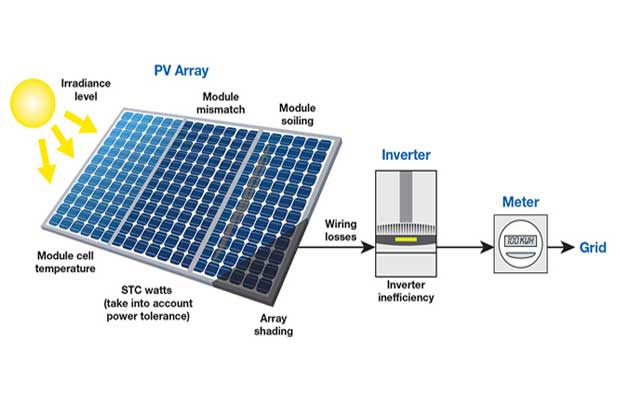
PROBLEM DEFINITION
Developing nations need to be self-sufficient in terms of both food and energy in
order to enjoy the benefits of modern life and a high standard of living. However, it is
worthy to point out that the major portion of today’s energy supply in the World is
not regenerative in nature and is destined to be depleted in the near future. The Earth
is running out of fossil fuel-based resources that are neither self-regenerative nor
replenished at a much faster rate on a human scale. a vast array of methods of
producing electrical energy does exist today although some of the technologies are
still rudimentary. Solar energy, however, is a broader concept than just energy
delivered by PV system. Thermoelectric generators (TEG) can also use solar energy,
in the form of heat, to generate electrical power.
Thermoeletric Generators generally known as Peltier Modules are used to produce
power by using a effect known as Seebeck effect. This module is made up of P type
and N type material and they are connected in series. Thermo Electric Generators can
be used to produce feeble power. Hence this can be used in low power application.
In this case, the hot side is heated by solar heat, by focusing light by using convex of
fresnel lens. But the challenge comes in the case of cold side. A auxiliary mechanism
is to be provided to cool the cold region. Circulating a refrigerant is not feasible.
Hence the peltier is made to float on a water body.
Solar energy is directly focused to the hot side and cold side is dipped in water. Hot
side comes in the top and cold side at the bottom. The output voltage improves the
ΔT(TH-TC) value that is the difference in the temperature of hot and cold side
improves. Hence the project is to try out a design to improve the ΔT and hence to
produce a reasonable voltage and to perform a performance analysis on Still water
body and flowing water body.
In order to make the system to float on water, floating pad is to be attached along with
the panel that is to be made.
LITERATURE SURVEY
[1]
In this journal the possibility of energy generation from peltier modules using
heat is explained. The idea was to place peltier modules between a cold side and hot
side for energy production. The cold side is attached to a heat sink and and cooling
water is being circulated. The heat is provided from a heating source.
[2]
This work analyses the impact of thermal imbalance on the power produced
at module and system level in a TEG array. Experimental results clearly illustrate the
issue and a theoretical model is presented to quantify the impact. The authors believe
the experimental results presented in this paper are the first to validate a rigorous
examination of the impact of mismatched operating temperatures on the power output
of an array of thermoelectric generators.
[3]
The study investigates the performance of a TEG combined with an air-
cooling system designed using two-stage optimization. An analytical method is used
to model the heat transfer of the heat sink and a numerical method with a finite
element scheme is employed to predict the performance of the TEG.
[4]
This article reports on the design and performance analysis of a solar
thermoelectric power generation plant (STEPG). The system considers both truncated
compound parabolic collectors (CPCs) with a flat receiver and conventional flat-plate
collectors, thermoelectric (TE) cooling and power generator modules and appropriate
connecting pipes and control devices. The design tool uses TRNSYS IIsibat-15
program with a new component we developed for the TE modules.
[5]
This paper is focused on Thermoelectric Power Generation using solar
concentrator, Fresnel lens, Reflecting materials and solar tracking. This will provide
DEPARTMENT OF MECHANICAL ENGINEERING, MBCET
6
Design of a TEG setup to harness electricity from Solar Energy
an up-to-date review of Thermoelectric Power Generator and their benefits to make
solar technology affordable.
[6]
Based onthe best available properties of various bulk thermoelectric materials
reported in the literature, the best possible performance of the CTG system is
predicted,and the CTG system design, including the selection of the concentration
ratio and the cooling method for different thermoelectric materials, are discussed in
detail.
[7]
This work presents the efficient generation of electricity using the principle of
Seebeck effect which is a phenomenon in which a temperature difference between
two dissimilar semiconductors produces a voltage difference between the two
substances. The aim of this paper is to generate electricity in remote areas where
electricity is still irregular and insufficient.
[8]
In this work complete solar thermoelectric energy harvesting system is
presented for energy delivery to remote residential areas in developing regions. To
this end, the entire system was built, modeled, and then validated with LTspice
simulator software via thermal-to-electrical analogy schemes.
DEPARTMENT OF MECHANICAL ENGINEERING, MBCET
LITERATURE SURVEY
[1]
In this journal the possibility of energy generation from peltier modules using
heat is explained. The idea was to place peltier modules between a cold side and hot
side for energy production. The cold side is attached to a heat sink and and cooling
water is being circulated. The heat is provided from a heating source.
[2]
This work analyses the impact of thermal imbalance on the power produced
at module and system level in a TEG array. Experimental results clearly illustrate the
issue and a theoretical model is presented to quantify the impact. The authors believe
the experimental results presented in this paper are the first to validate a rigorous
examination of the impact of mismatched operating temperatures on the power output
of an array of thermoelectric generators.
[3]
The study investigates the performance of a TEG combined with an air-
cooling system designed using two-stage optimization. An analytical method is used
to model the heat transfer of the heat sink and a numerical method with a finite
element scheme is employed to predict the performance of the TEG.
[4]
This article reports on the design and performance analysis of a solar
thermoelectric power generation plant (STEPG). The system considers both truncated
compound parabolic collectors (CPCs) with a flat receiver and conventional flat-plate
collectors, thermoelectric (TE) cooling and power generator modules and appropriate
connecting pipes and control devices. The design tool uses TRNSYS IIsibat-15
program with a new component we developed for the TE modules.
[5]
This paper is focused on Thermoelectric Power Generation using solar
concentrator, Fresnel lens, Reflecting materials and solar tracking. This will provide
Design of a TEG setup to harness electricity from Solar Energy
an up-to-date review of Thermoelectric Power Generator and their benefits to make
solar technology affordable.
[6]
Based onthe best available properties of various bulk thermoelectric materials
reported in the literature, the best possible performance of the CTG system is
predicted,and the CTG system design, including the selection of the concentration
ratio and the cooling method for different thermoelectric materials, are discussed in
detail.
[7]
This work presents the efficient generation of electricity using the principle of
Seebeck effect which is a phenomenon in which a temperature difference between
two dissimilar semiconductors produces a voltage difference between the two
substances. The aim of this paper is to generate electricity in remote areas where
electricity is still irregular and insufficient.
[8]
In this work complete solar thermoelectric energy harvesting system is
presented for energy delivery to remote residential areas in developing regions. To
this end, the entire system was built, modeled, and then validated with LTspice
simulator software via thermal-to-electrical analogy schemes.
DESIGN
Fabrication procedure has steps like Designing the setup. Preliminary step is
preparation of drawings. The dimensions of the components were decided based on
the existing records of the experiments. The components are six Peltier Modules
(TEGs or TEMs), Aluminium metal plates, insulation material(Plastic), Wires,
Floating Air pads, Metallic Fins, Two Thermo couples, DC-DC power booster circuit
board, battery and a multimeter. They are assembled to obtain the design. Design part
mainly consists of two parts. Desiging of the solar TEG panel and the second part is
to make it float. To float the panel plastic floating pads are attached along with the
panel. The design of the project is cost effective.The design portion details about the
farication of the TEG setup to harness power. The main components and their
specifications are displayed below.
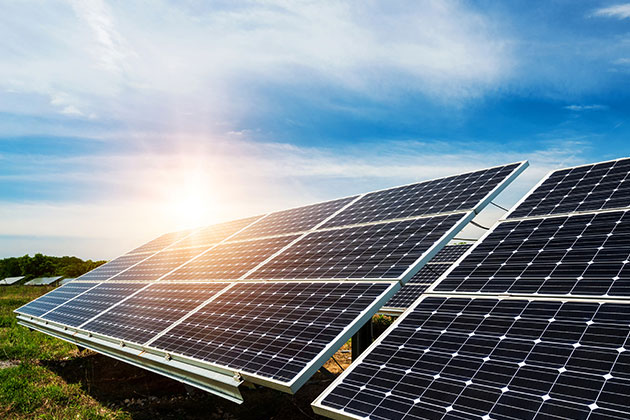
CONCLUSION
Hence from this experiment we could conclude that solar TEG an be used for low
power applications. In order to obtain higher power ΔT must reach a much more
higher value that is not possible at normal conditions. Here the experiment has been
conducted in two regimes. The still water condition and flowing water condition. On
still is is easier to float the peltier panel but in flowing water it is difficult to remain
the setup at a single point, for that certain reinforcements are required like tieing it at
some point etc. From the experiment, conclusion is that output is somewhat greater in
the case of flowing water than in the case of still water. When looking onto the values
TH values are similar in both cases but the varying parameter is the TC. Temperature
of hot plate improves from 30oC to 51oC then decreases again to 30oC. The maximum
value of TH is 52oC without fresnel lens and this can be even improved by fresnel
lens.. When talking about the TC values minimum temperature obtained was 30oC
during flowing water and it increased till 33oC during still water.
By improving the number of peltier modules and using mixed sequence of connetion
an help in improving the Power output.
The voltage and current values given in the report are before boosting. This is due to
the unknown factor called Duty cycle(D)
The peltiers are connected in series in order to obtain reasonable voltage. DC-DC
Booster is not meant to boost the power as a whole but it can boost the voltage,
simultaneously it redues the current. The same can be used only for low power
applications only. Like lighting the decorative lamps in convention centres and parks.
This idea could be proposed as future work.
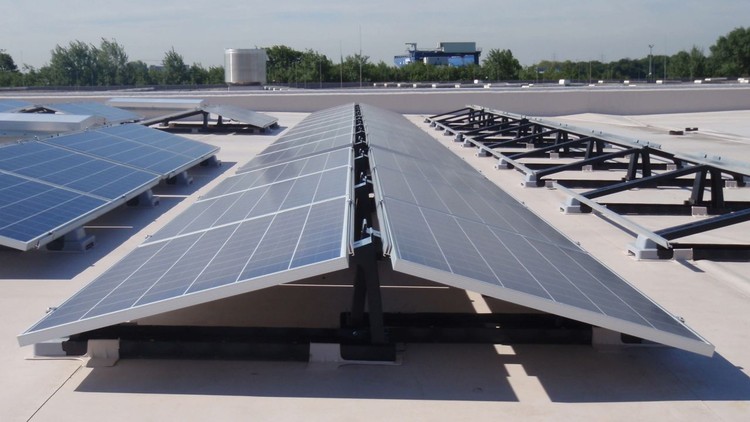
PROJECT MORE DETAILS ….. CONTACT 7510834013























